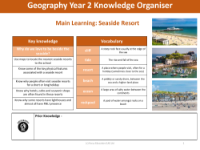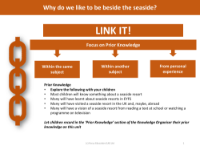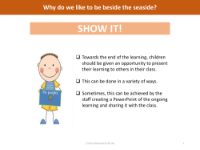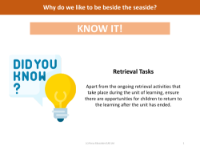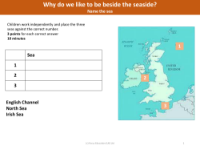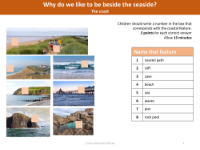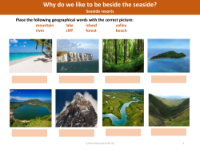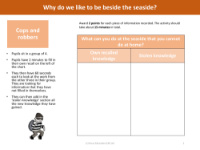Long-term overview - Seaside study - Year 2
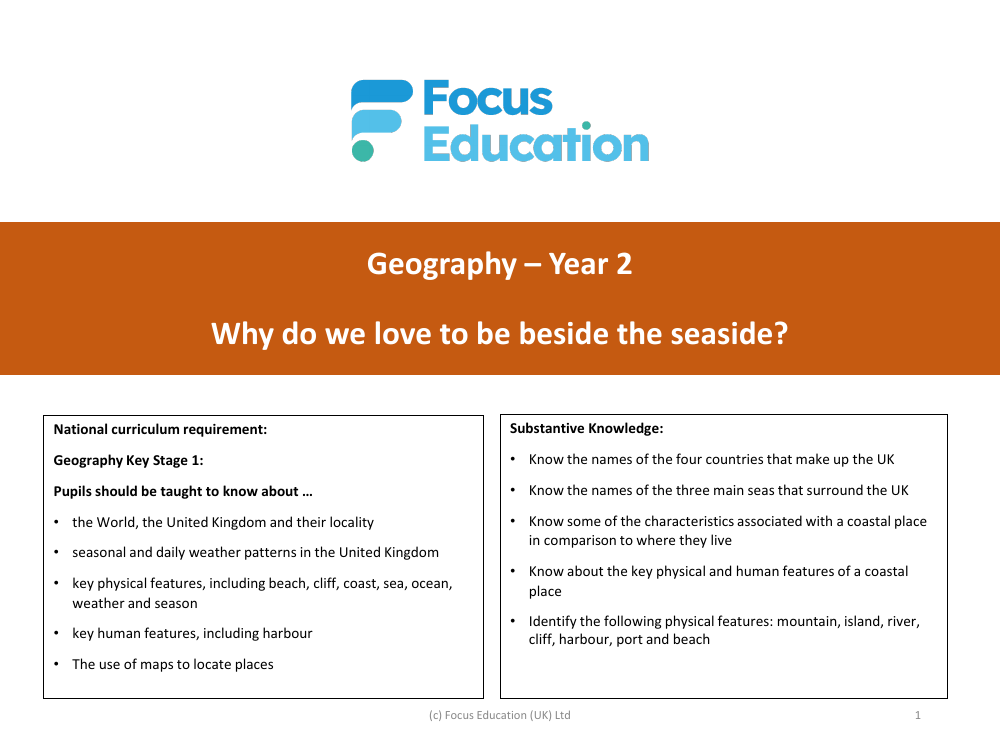
In the Year 2 Geography curriculum, pupils embark on an explorative seaside study that aligns with the National Curriculum requirements for Key Stage 1. This unit of study is designed to deepen their understanding of the world, particularly the United Kingdom and their own locality, by examining the unique geographic features and human activities associated with coastal regions. Students will learn to identify and describe key physical features such as beaches, cliffs, coasts, seas, and oceans, as well as human features like harbours. They will also delve into the patterns of seasonal and daily weather that characterise the UK.
The substantive knowledge component of the curriculum ensures that pupils can name the four countries that comprise the UK and the three main seas that border it. They will compare the characteristics of a coastal place with those of their local area, recognising the distinct physical and human elements of each. Additionally, they will learn to identify various geographical features such as mountains, islands, rivers, cliffs, harbours, ports, and beaches. The disciplinary knowledge focuses on developing geographical skills and fieldwork, including the use of maps, photographs, and digital tools like Google Earth to locate and contrast different places. Through these activities, children will gain insight into why seaside resorts are so beloved, the presence of specific amenities such as hotels, cafes, and shops, and the importance of safety features like lighthouses and the Royal National Lifeboat Institution (RNLI).
